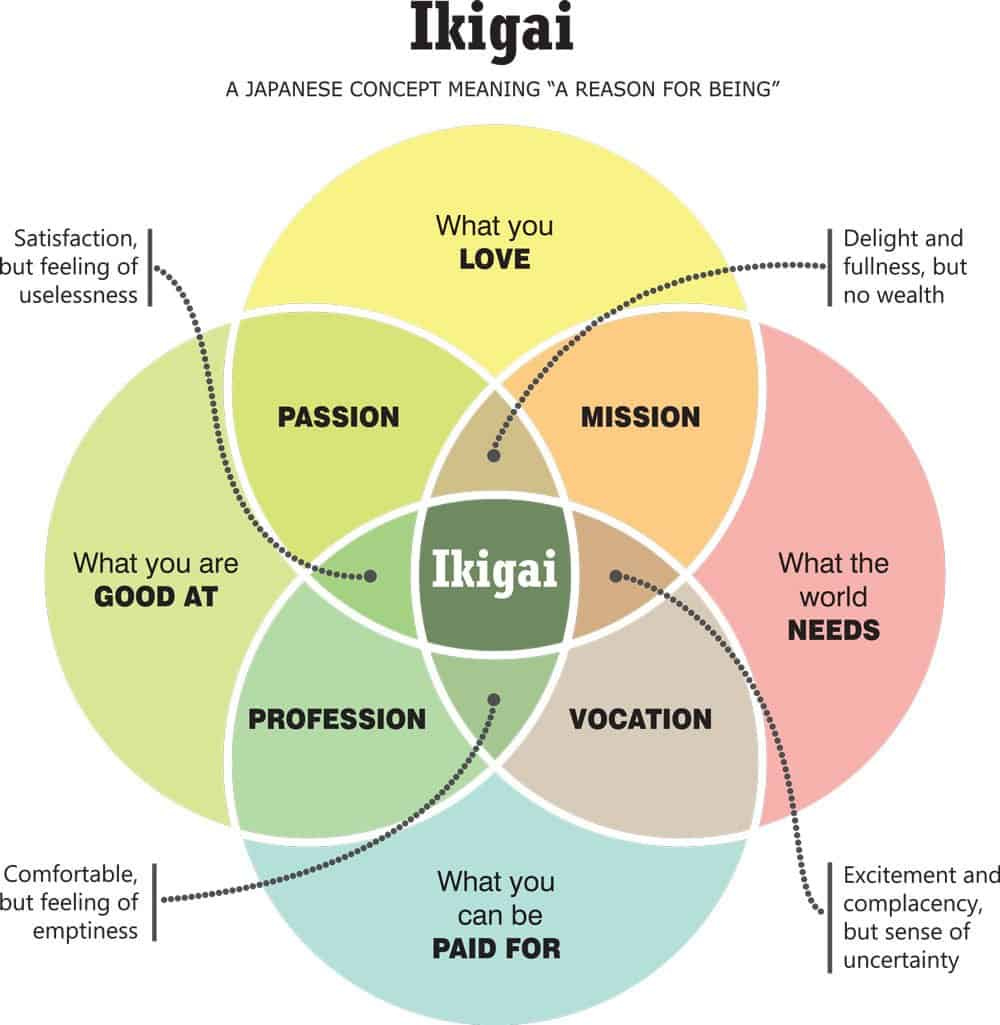I’ll be honest—when I first saw Alex Hormozi, I thought he was just another “internet business guy.”
Tank top. Nasal strip. Long hair and beard. The kind of look that makes you wonder if the persona is bigger than the substance. Honestly, the guy reminded me of Liver King a little bit. I steered clear of his content.
But recently, someone whom I respect recommended his book’s 100M Offers and 100M Leads, so I figured I would give them a shot… and I had to eat my skepticism. The guy is sharp. No fluff. No filler. Just clear, actionable ideas. He’s a veteran of his field, and his story is one of true grit.
Now, instead of scrolling past his content when it appears on my feed, I usually stop and listen. Here’s one of my favorite clips from him. (Credit: Jack Neel Podcast)
Alex is asked, “If all your content were erased, what is the most useful thought you would leave to the world?”
After a moment of deliberation, he answers:
Figure out what you want
Ignore the opinions of others
Do so much volume that it would be unreasonable for you to be unsuccessful
Now, ignoring the opinions of others and doing a lot of volume are not necessarily easy, but they are simple concepts. But figuring out what you want has always been a bit tricky for me. Maybe you feel the same way.
What if there are 1 million things you want? How do you determine what you truly want?
Introducing: The Ikigai
The same friend who recommended Hormizi’s books also introduced me to the Ikigai, a Japanese concept of discovering your purpose.
Ikigai is often visualized as four overlapping circles—like a Venn diagram for your life. Each circle asks a question:
What you love
This is the stuff that lights you up. The things you’d do even if nobody paid you. Your hobbies, passions, or obsessions—the stuff you lose track of time doing.
What you’re good at
These are your skills. Maybe they’re natural talents, maybe they’re hard-won abilities you’ve honed over years. The important part: people recognize you as competent here.
What the world needs
This is about value—problems worth solving, gaps that need filling. It’s not just about making yourself happy; it’s about contributing to something bigger.
What you can be paid for
The practical side. If you want this to be your full-time life’s work, it has to sustain you financially.
Your Ikigai lies at the intersection, where all four circles overlap. It’s the combination of passion, mission, vocation, and profession.
In a world where we are starting to use AI for everything, here’s my two cents on how to approach the Ikigai, using AI strategically and not lazily.
Fill out all four sections by hand. No AI.
Upload them to ChatGPT, one section at a time. For each section, ask, “Am I missing anything?” Add whatever suggestions you agree with.
Use ChatGPT to identify patterns and overlaps, helping you to find Ikigai.
Getting Stoic
Now, the practice of filling it out is supposed to help identify “your purpose” and lead a meaningful life… but I kinda think the entire concept of having “a purpose” is bullshit. At least for most of us.
Why imprison ourselves in the world of “our purpose” if it’s changing with time? Sounds miserable to me. So let’s remember how we ended up here in the first place.
Alex didn’t say “Find your purpose.” He said, “Figure out what you want.”
Completing the Ikigai may have been intended to help find our purpose, but it’s pretty damn good at identifying what you want. Once that’s done, we can move on to steps 2 and 3.
Ignore the opinions of others.
Do so much volume that it would be unreasonable for you to be unsuccessful.
I love this bias toward action. So without further ado, let’s get to work.
“It is not that we have a short time to live, but that we waste a lot of it.”
— Seneca
Get my Sunday Systems Worksheet while it’s still free! (I guarantee you’ll get 50% more done in a week)




